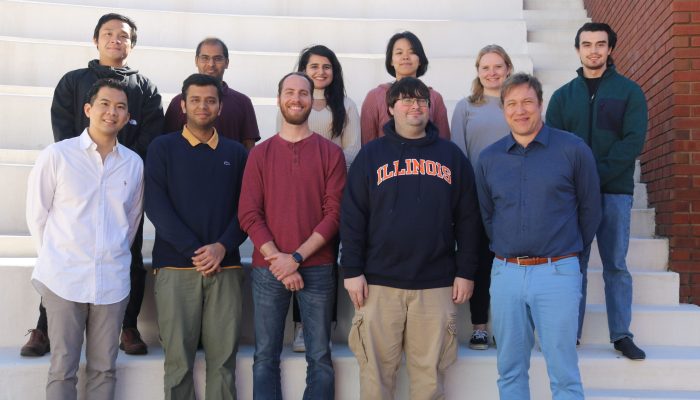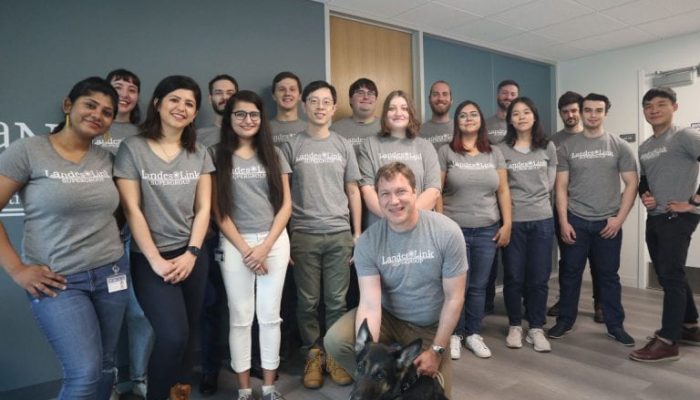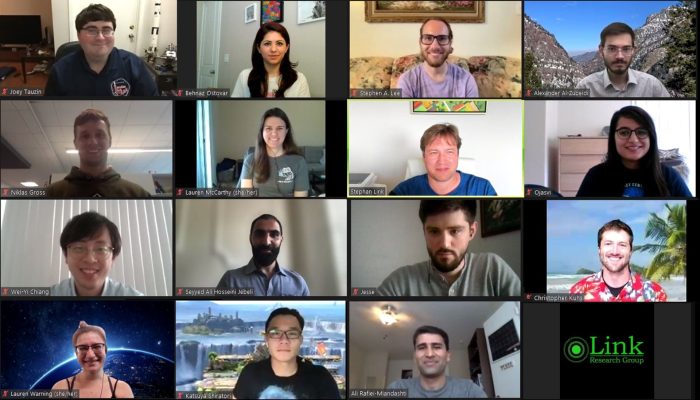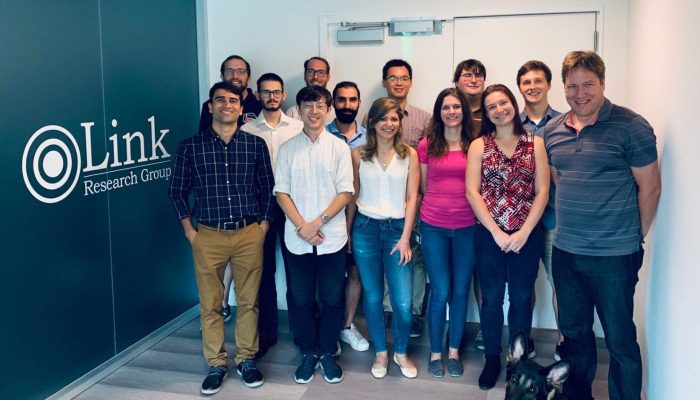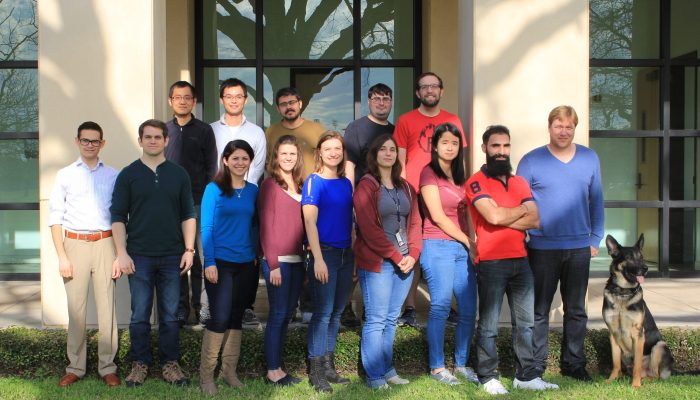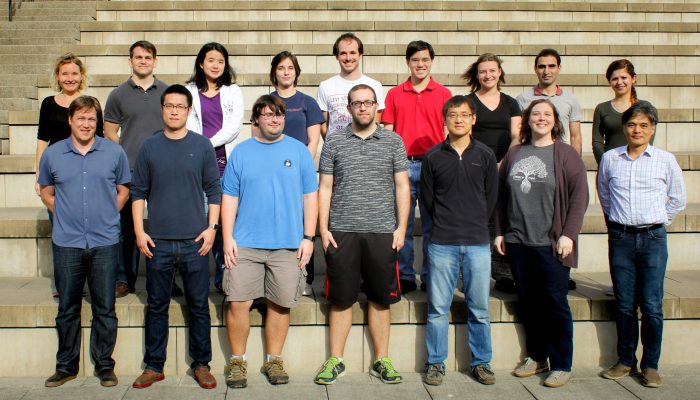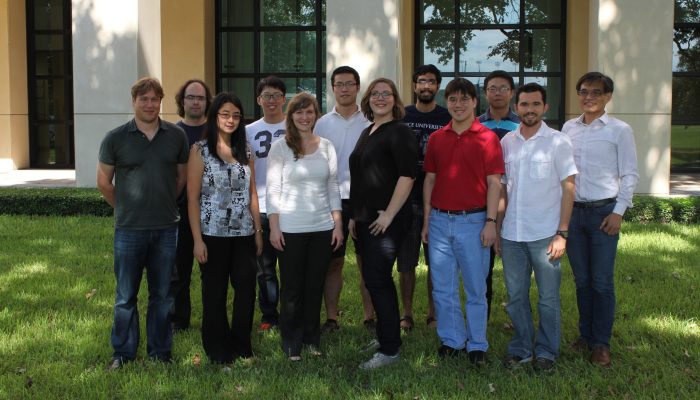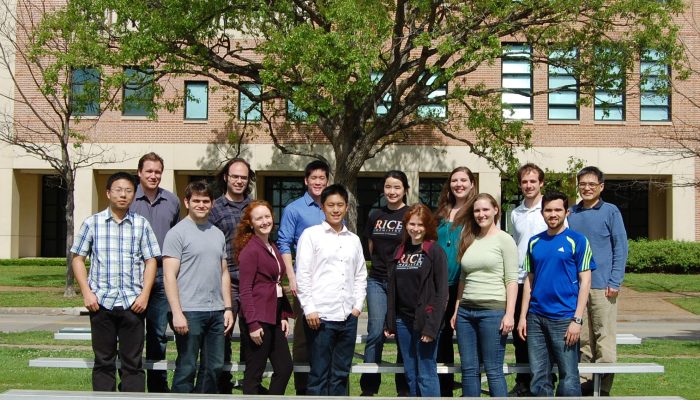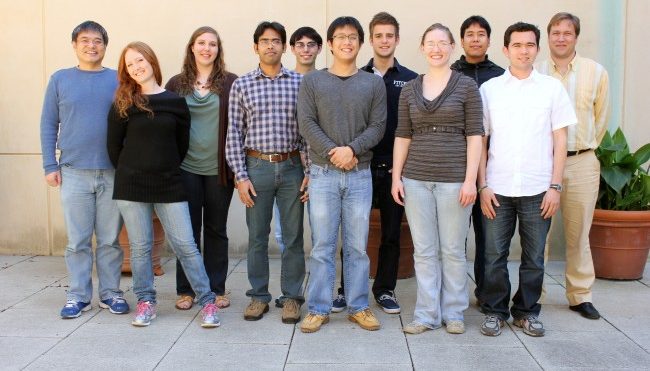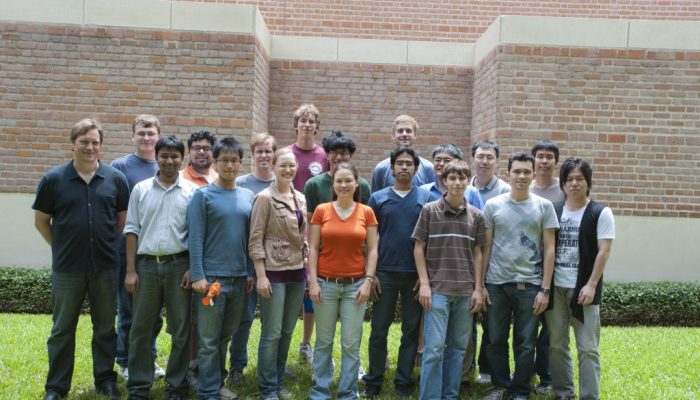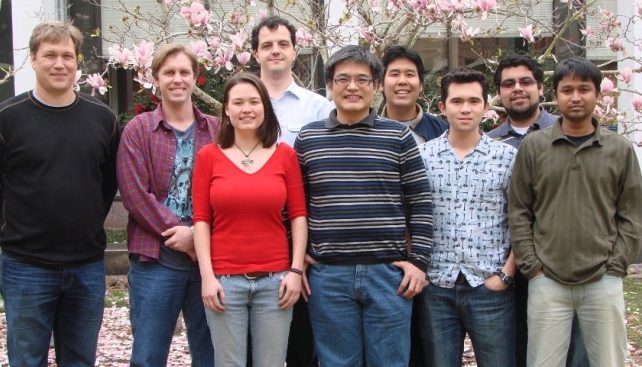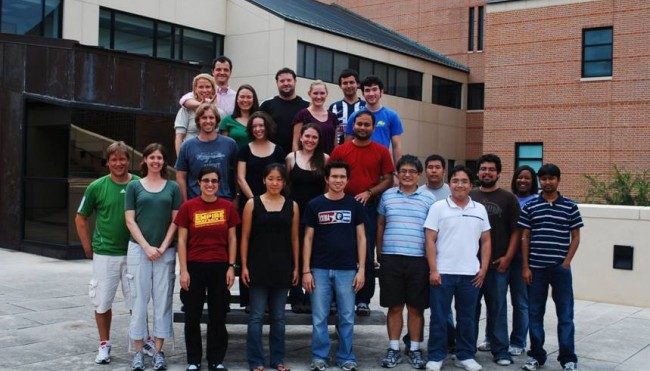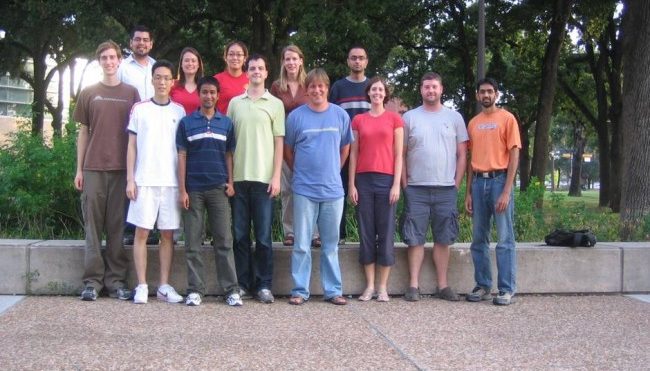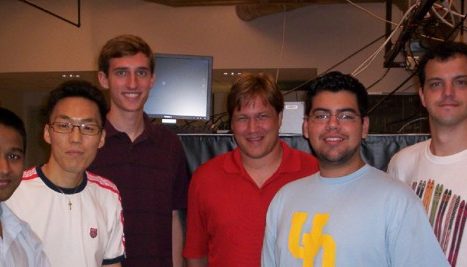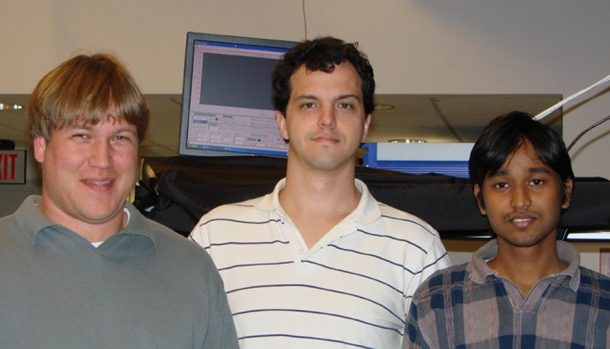Our overall goals are to understand the physical principles to strike the interactions of plasmonic nanoparticles with each other and their molecular environment and to determine the emerging collective optical properties that arise from novel composite nanomaterials.
We invite you to take a closer look at our main research topics.
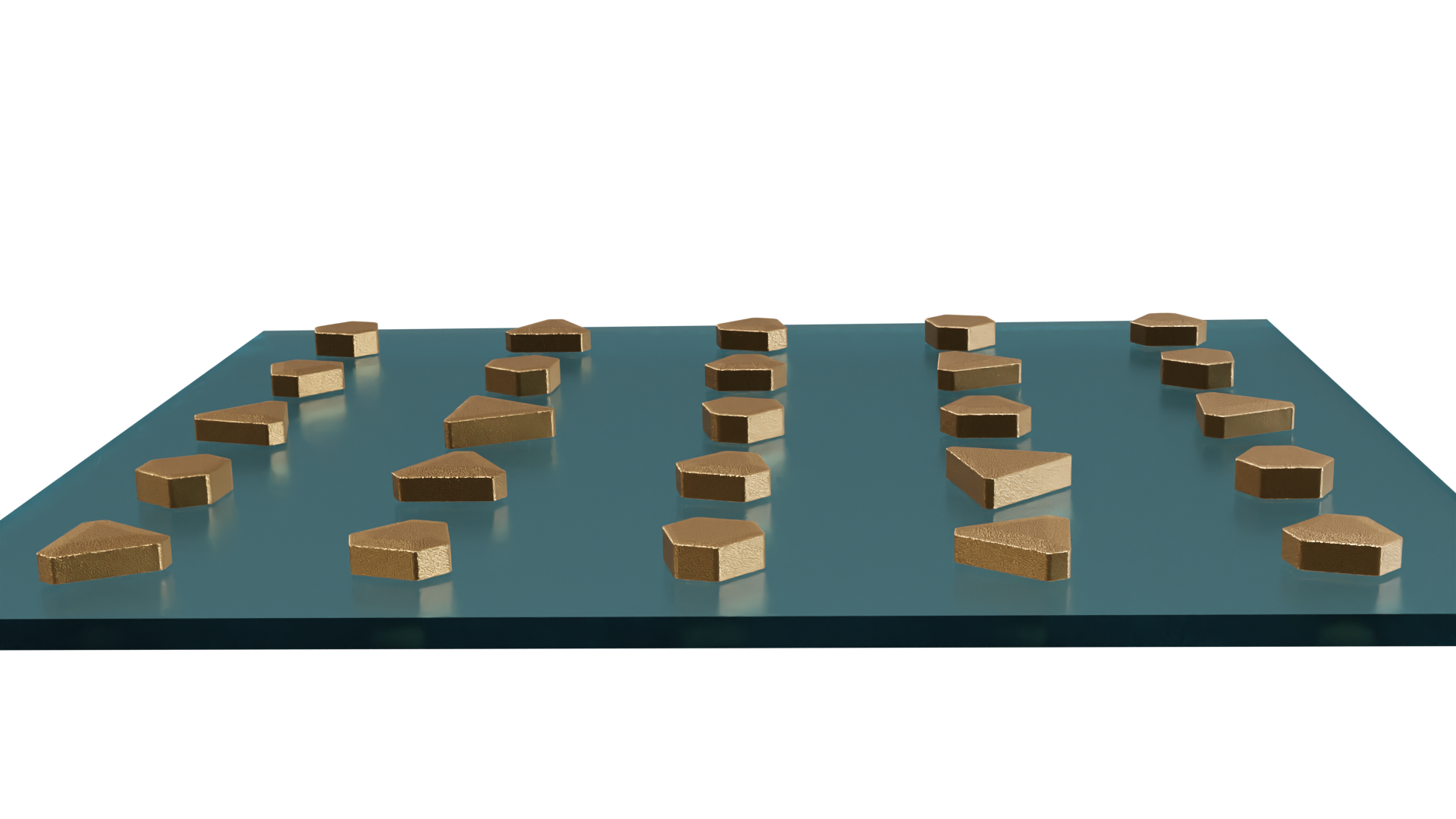
Coupled nanostructures
Building new photonic materials and devices with nanoparticle building blocks is a central goal in nanoscience.

Hybrid plasmonic interfaces
The plasmon interacts with its molecular environment both as a donor of charge and energy as well as an antenna that acts as a sensor or amplifies spectroscopic signals.

Plasmon, hot carrier, and exciton decay dynamics
Light harvesting nanomaterials have advanced all aspects of nanophotonics, photochemistry, and photovoltaics by the virtue of their extraordinary light-matter interactions exceeding those of small molecules.
